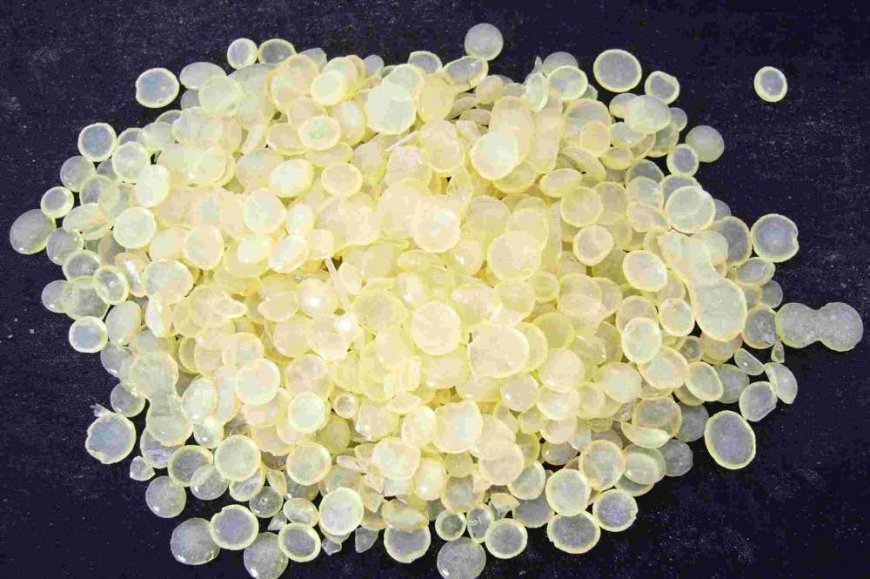Petroleum Resins Market is Estimated to Witness High Growth Owing to Rising Demand for Solvent-based Adhesives
The Global Petroleum Resins Market is estimated to be valued at US$3.25 billion in 2024 and is expected to exhibit a CAGR of 7.4% over the forecast period 2024 to 2031.

Petroleum resins are specialized hydrocarbon resins produced from refinery process stocks such as C5, C9, and aromatic fractions of steam cracked gases and oils. They are most commonly used as tackifiers in pressure-sensitive adhesives, hot-melt adhesives, and sealants due to their adhesion and cohesion properties. Petroleum resins provide excellent bonding performance, low viscosity, and compatibility with various substrates. The rising demand for solvent-based adhesives from applications like automotive, construction, packaging, and pressure-sensitive tapes & labels is expected to drive the growth of the petroleum resins market.
The Global Petroleum Resins Market is estimated to be valued at US$3.25 billion in 2024 and is expected to exhibit a CAGR of 7.4% over the forecast period 2024 to 2031.
Key Takeaways
Key players operating in the Petroleum Resins Market Companies are ExxonMobil, Eastman, Kolon Industries, Cytec, and Kraton Corporation.
Key opportunities in the market include rising demand from hot melt adhesives and increasing focus on bio-based petroleum resins. Technological advancements like development of hybrid resin systems and reactive diluents are expanding the applications of petroleum resins.
Market drivers
The major market growth of the global adhesive & sealants industry. Petroleum resins find major applications as tackifiers in adhesive formulations owing to benefits like low odor, colorlessness, good tack and peel properties as well as effectiveness over a wide temperature range. The adhesives industry is growing due to increased consumption of adhesives in construction, packaging, footwear and automotive industries.
Current Challenges in Petroleum Resins Market
The Petroleum Resins Market Share is facing several challenges currently. Rising raw material costs is a major issue as the prices of petroleum feedstock from which these resins are derived have increased significantly over the past year. Supply chain disruptions due to the pandemic have also impacted the availability of raw materials and caused delays in deliveries. stricter environmental regulations around the world regarding emissions and use of petroleum-based products are compelling manufacturers to increasingly shift to bio-based and recycled resin alternatives.
SWOT Analysis
Strength: High durability and resistance to weathering of petroleum resins make them suitable for applications in road construction and paving.
Weakness: Non-biodegradable nature and toxicity of petroleum resins pose environmental sustainability challenges.
Opportunity: Growing end-use industries like paints & coatings, adhesives & sealants, and printing inks offer significant opportunities.
Threats: stringent environmental norms and rising preference for bio-based and recycled resins threaten the market share of petroleum resins.
In terms of value, the petroleum resins market is currently concentrated in Asia Pacific and North America. Asia Pacific accounts for around 40% share due to large manufacturing bases and growing end-use industries in countries like China, India. North America is another major region with United States being the leading consumer.
The fastest growing regional market for petroleum resins is expected to be Latin America over the forecast period. This growth can be attributed to increasing investments in construction, automotive, and packaging industries across countries like Brazil, Mexico. Rapid urbanization and rising per capita incomes will drive further demand for petroleum resin applications.
Get more insights on Petroleum Resins Market
For Deeper Insights, Find the Report in the Language that You want
About Author:
Ravina Pandya, Content Writer, has a strong foothold in the market research industry. She specializes in writing well-researched articles from different industries, including food and beverages, information and technology, healthcare, chemical and materials, etc.












